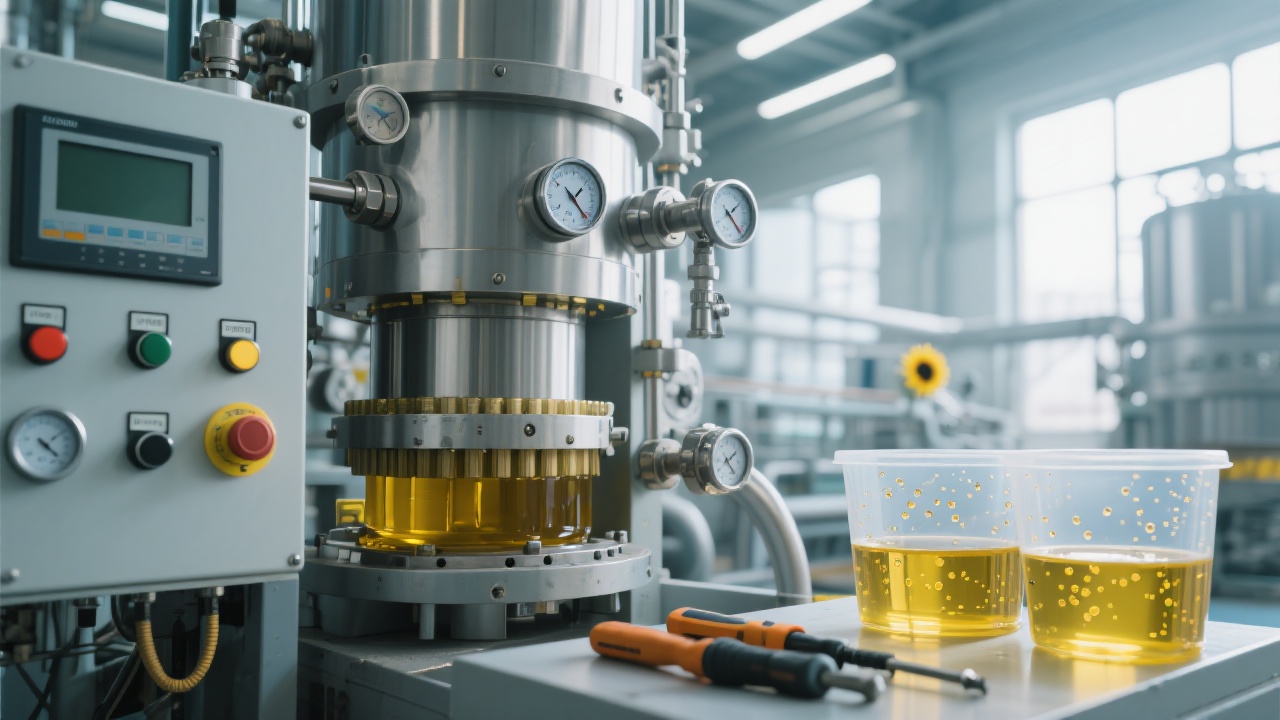
In the global food trade, especially in the soybean oil sector, compliance with international safety standards isn’t optional—it’s a competitive necessity. In recent years, modern soybean oil factories have transformed from energy-intensive facilities into high-efficiency, environmentally conscious operations that meet both consumer health expectations and regulatory demands.
Today’s leading soybean oil plants reduce energy consumption by up to 35% compared to traditional methods through advanced extraction technologies like solvent-free pressing and continuous deodorization systems. For example, a plant in Brazil using automated temperature control and heat recovery units cut its electricity use per ton of oil from 45 kWh (old) to just 29 kWh (new)—a measurable improvement in operational sustainability.
| Process Step | Old Method | Modern System |
|---|---|---|
| Oil Extraction Rate | 92–94% | 97–98% |
| Water Usage per Ton | 12 m³ | 6 m³ |
| Compliance with ISO 22000 | ~75% | >95% |
These gains aren’t just about efficiency—they directly impact product quality. Advanced real-time monitoring tools such as near-infrared spectroscopy (NIR) and gas chromatography ensure consistent fatty acid profiles and detect contaminants like residual solvents or oxidation markers before packaging.
A major soybean oil producer in Vietnam upgraded its entire processing line in 2023, adopting closed-loop steam systems and digital traceability software. Within six months, they achieved full certification under EU Regulation (EC) No 852/2004 for food hygiene—and saw export orders increase by 40% within one year. The key? Proactive quality control at every stage—from raw material sourcing to final lab testing.
 soybean oil production line with automated sensors and clean-label packaging" style="width: 100%; height: auto; margin-top: 20px; border-radius: 6px;">
soybean oil production line with automated sensors and clean-label packaging" style="width: 100%; height: auto; margin-top: 20px; border-radius: 6px;">
Traditional presses often result in inconsistent yields and higher free fatty acid levels due to poor temperature management—leading to shorter shelf life and increased rejection rates during customs checks. By contrast, modern plants maintain precise tolerances (<0.5°C variation), ensuring oils meet strict international standards like those set by the Codex Alimentarius Commission.
If you're involved in soybean oil production or procurement, understanding how green tech improves both compliance and profitability is essential. Whether it's reducing water waste, boosting yield, or preventing contamination, these innovations are no longer “nice-to-have”—they’re market differentiators.
What’s your biggest challenge when exporting soybean oil? Is it meeting foreign standards, managing costs, or maintaining consistency across batches? Let us know in the comments below—we’ll share 3 real-world solutions based on similar cases from our clients in Europe, Southeast Asia, and Latin America.

